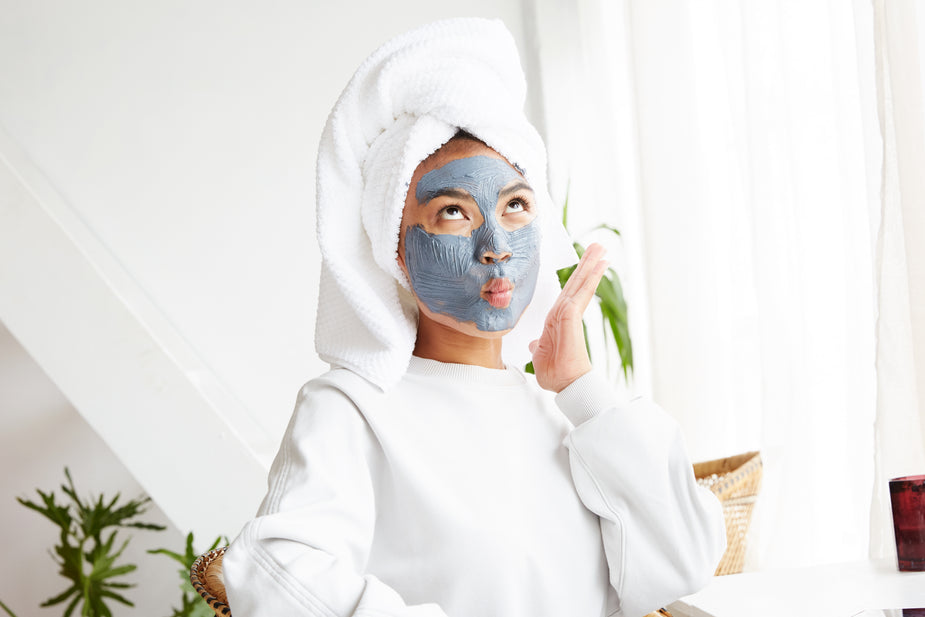
How to Read Ingredients in Cosmetics and Beauty Products
The first few ingredients are the most important. If the number of ingredients exceeds 30, leave that product on the shelf!
If you're searching for a budget-friendly moisturizer or a more expensive facial oil, the most important step is to check out the product's ingredients. The list can be a bit too much however understanding how to understand it can have a positive impact on your skin cells health.
The first few ingredients are the most important.
The concentration of the ingredients in a product is usually listed in order of the main ingredients being the first and the lowest the last. Usually the first few ingredients are the most important in how effective the skin care product will be. This is a reliable way to differentiate between good products and mediocre ones: if an effective ingredient is all the way down the bottom of the list, you will not really benefit from it.
Be prepared to see some words you can't pronounce!
Do you have difficulty deciphering or pronouncing the words on the back of packaging? This is because many of the ingredients are given their scientific name, making them very hard to understand. For example, shea, an ingredient often used in moisturizers, is known as butyrospermum parkii. Thankfully, many companies include the common name of the ingredient in parentheses to make it easier to understand.
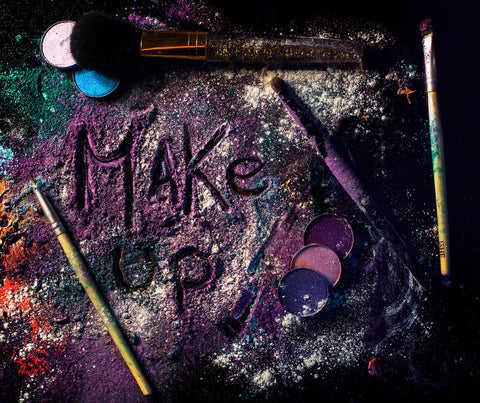
Look for fragrances, perfumes and anything scented.
Beauty and skincare products have to list "perfume" or "fragrance" as one of their ingredients if one of them is included in the product. And while a scent can 'smell' super nice, it can also irritate certain skin types and even cause allergic contact dermatitis. If your skin is sensitive, has dry patches or redness-prone skin, it's best to not buy and use brands and products that add perfumes or synthetic fragrances to their formulas. "
Identify the ingredients best for your skin.
If you have sensitive skin or a dry skin or even a hyper-reactive skin, look for ingredients such as hyaluronic acid, glycerin, petrolatum, and ceramides. For people with oily or acne prone skin, stick to oil-free formulas to avoid clogging of the pores and breakouts. Salicylic acid, glycolic acid, alpha hydroxy acid aha, and benzoyl peroxide are best for those prone to high oil production and excess oil.
If you have celiac or gluten sensitivity, avoid products that contain gluten, wheat, rye, barley or other gluten derivatives. Basically, if you never eat that product, do not put it on your skin to avoid any allergic reactions. Your skin is the largest organ and all skin care you put on it will get absorbed into your skin. It can happen via mucosal membranes, your mouth, hands etc.
You body is one holistic being with everything being connected from your gut, your brain and your skin. Your immune system can be activated by various factors including what your eat and what you put on parts of your face and your body. If you have skin conditions, what you eat is as important what you put on your skin.
If you have combination skin, look for ingredients such as glycerin or hyaluronic acid based moisturizer. The products containing those ingredients will hydrate your skin and are very effective for dry areas without clogging oil-prone areas of the face.

Here is an Easy Step-by-Step: How-To Read Skin Care Labels of the Beauty Products.
1) Look out for symbols that are important to you on all sides of the product and label. Gluten-free symbol is very important if you have a gluten allergy or a celiac disease. A cruelty-free and /or vegan symbol is very meaningful and important if you are pursuing an animal-friendly lifestyle.
If you want to use products that are 100% organic, look for the appropriate certifications. Look for various symbols if you are looking for different types of ingredients.
If you have allergies, look for products that are labeled as hypoallergenic and dermatologist tested. For example, if you are allergic to dairy products, do not use skincare and cosmetics containing dairy.
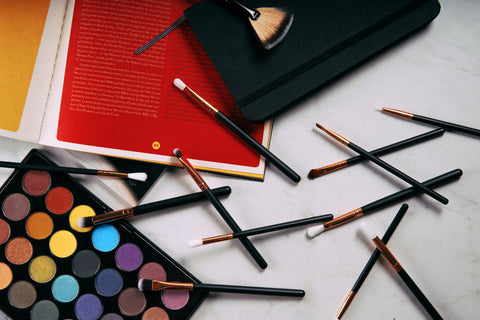
2) Look out for other marketing tricks, such as "free-of" and "contains organic...". It does not make a product or formula to be safe or effective, because a product is free of a known preservative, or contains an organic. This also does not mean that the product is beneficial or completely safe. Plus 'natural' is not always safe or hypoallergenic or gluten-free.
3) When you read a skin care products or a beauty product label, think the same as when you read a food product label: How many ingredients are in this product? If you’re sensitive and have sensitive skin, the more ingredients the product contains, the greater chance you'll experience a skin reaction or even an allergic reaction to one of the ingredients.

4) Certain words that many manufacturers are using are not regulated, and may be very misleading, for example "natural" and "organic". A product whose name contains the word "organic" may not be made with a fully organic formula or may only contain just a few organic ingredients. The ingredient list is where you can find out if the product is entirely organic or not.
5) Natural ingredients are not always the safest, and synthetic ingredients are not always harmful. When in doubt, look up the ingredient in a reputable database.
Dr. Liia
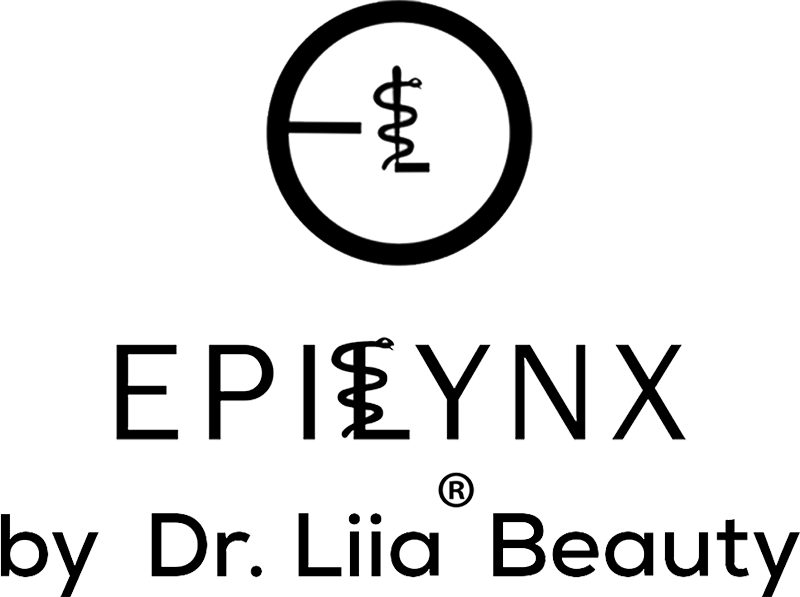
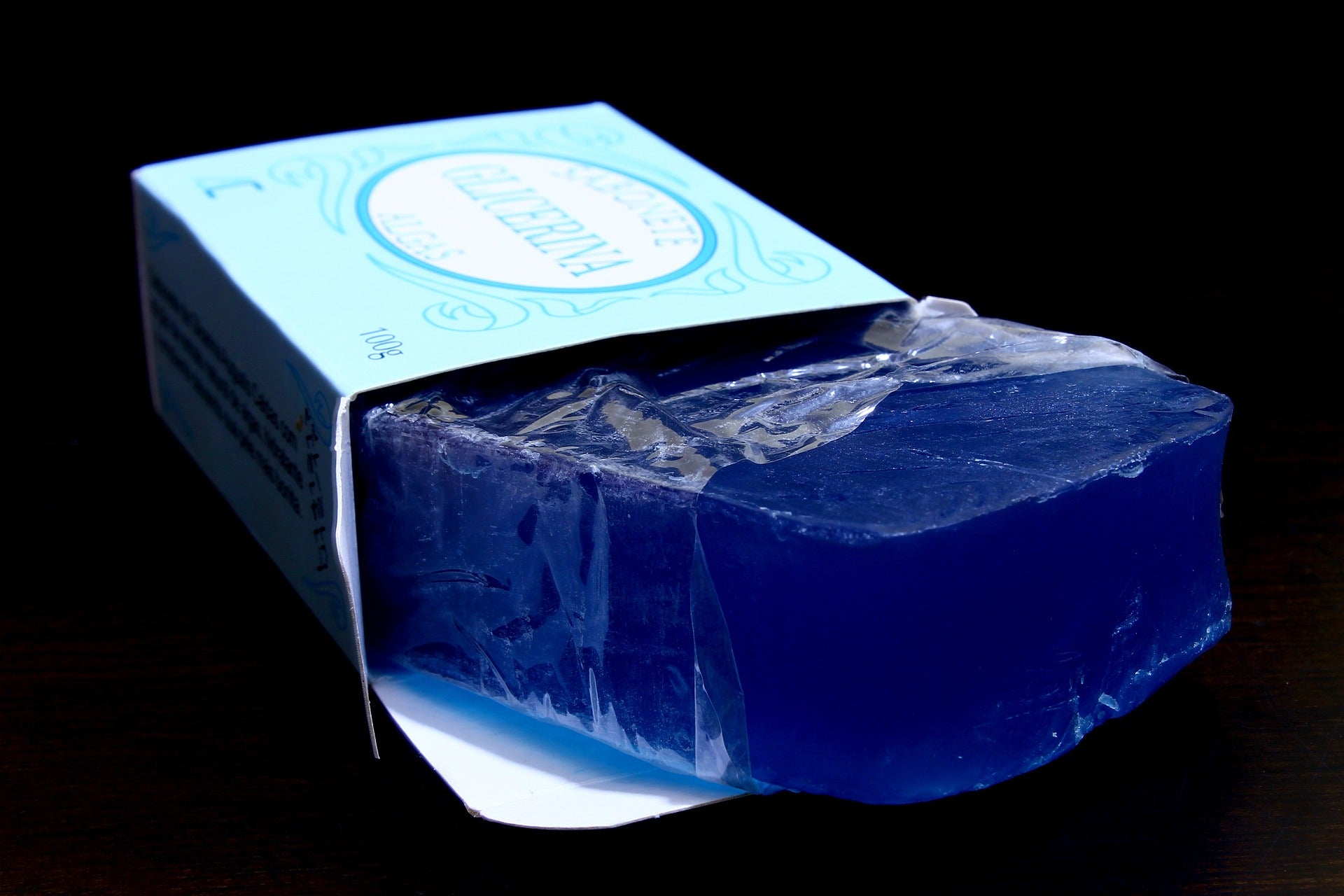
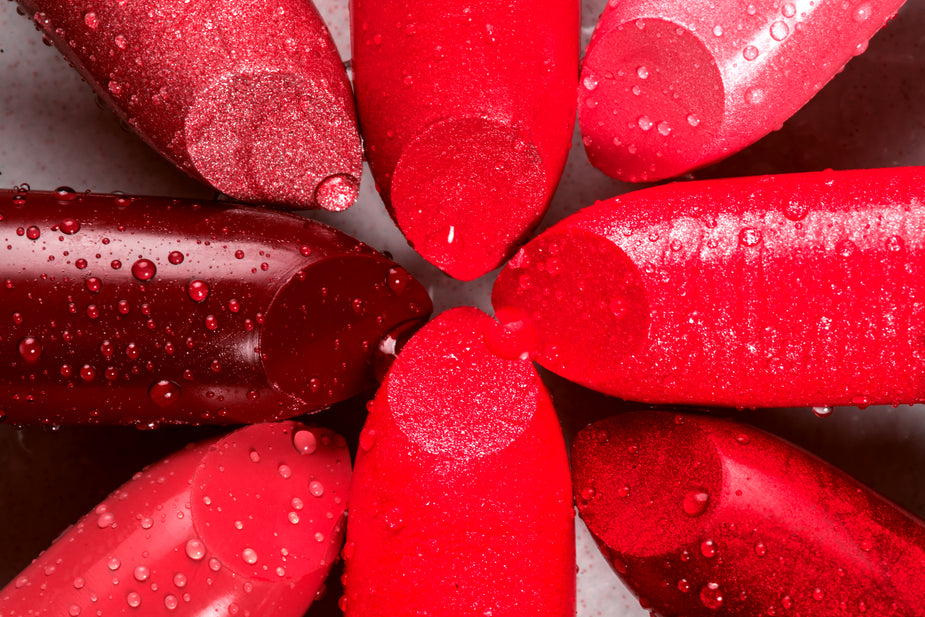


Leave a comment
This site is protected by hCaptcha and the hCaptcha Privacy Policy and Terms of Service apply.